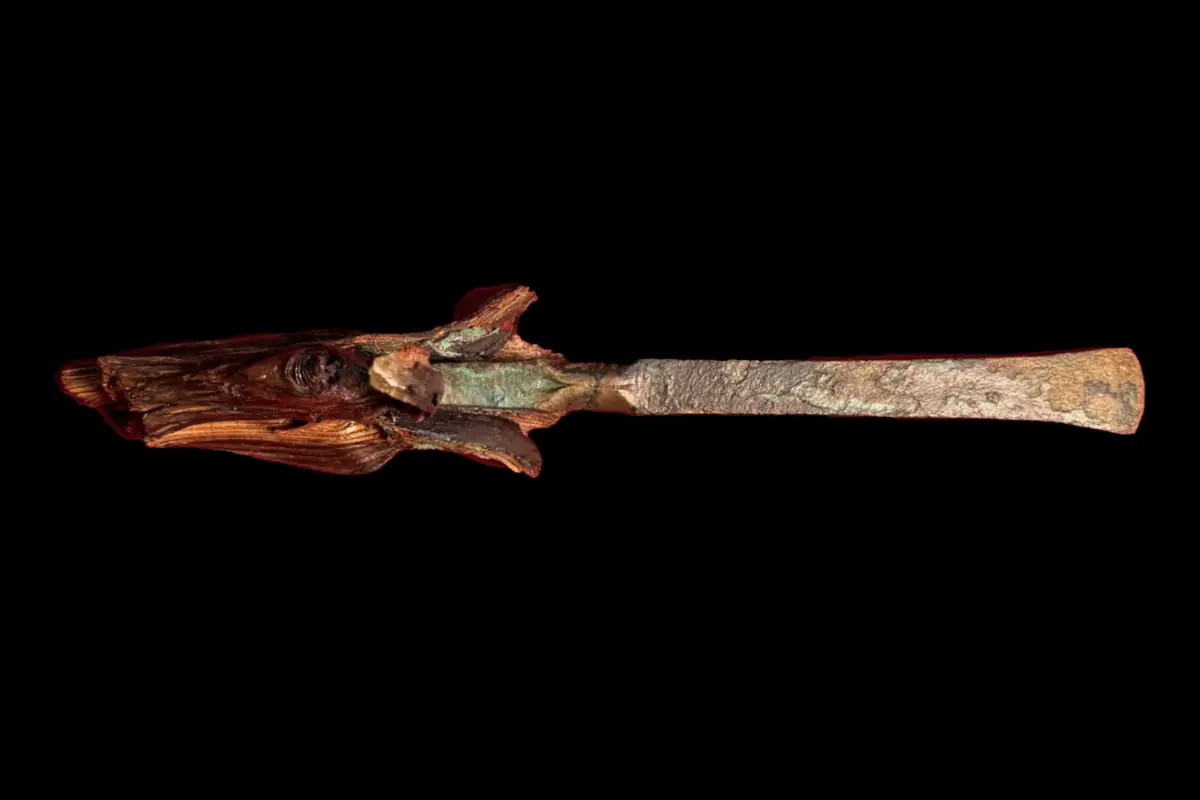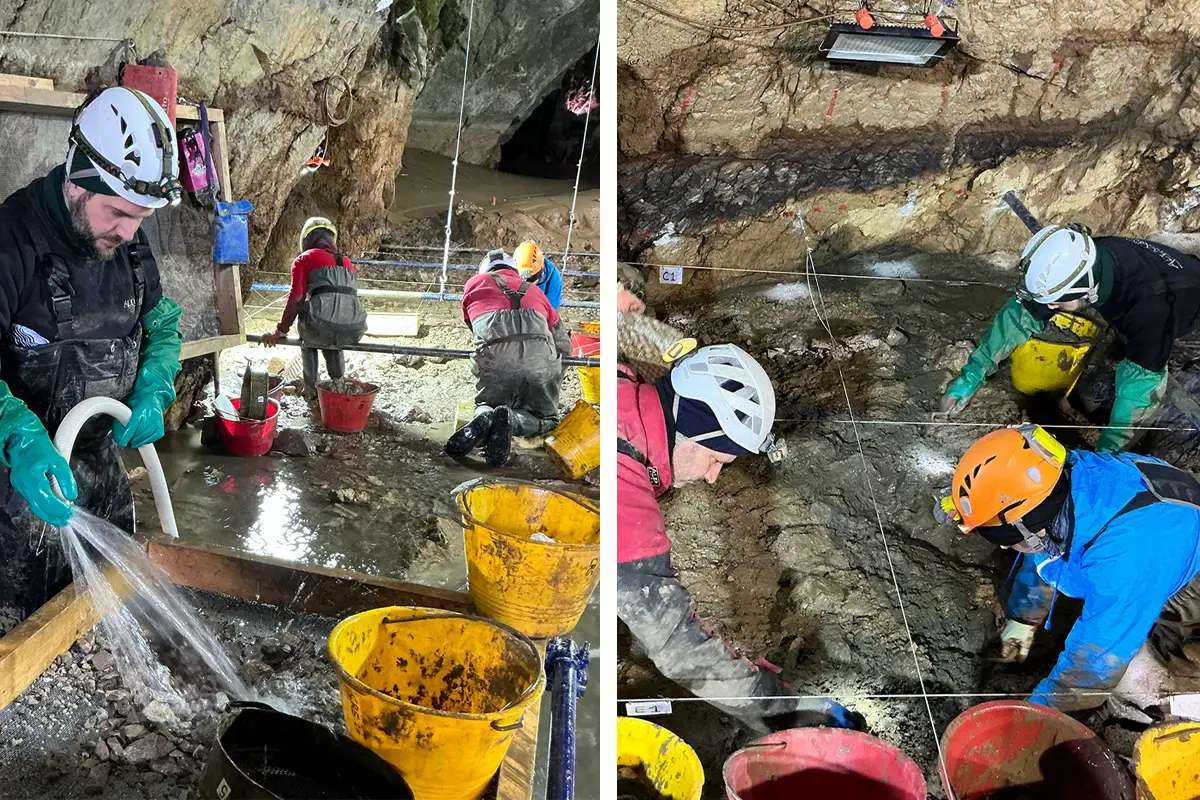Archaeologists have discovered a Hellenistic cult structure during an excavation of the Pertosa-Auletta Caves in the province of Salerno, Italy.
The caves, also known as the Grotte dell’Angelo, is a karst cave system containing interconnected tunnel-like galleries that extend underground for around 2,500 metres in length.
Evidence of human activity in the caves dates as far back as 6,000 BC, with the most remarkable discovery from previous excavations being a Bronze Age pile dwelling from the 2nd millennium BC. This structure remains one of Europe’s only known examples of a pile dwelling constructed in a subterranean setting during prehistory.
In the 2025 excavation season, archaeologists have discovered the remains of a Hellenistic-era cult structure, in addition to new sections of the Bronze Age pile dwelling.
The Hellenistic structure was located along the underground watercourse which experts have dated to between the 4th to 1st century BC. Within this sacred area are numerous offerings, including ritually deposited amber, unguentarium vessels, sculpted figurines, coins, incense burners, and burned plant remains.

Continued studies of the Bronze Age pile dwelling have also led to the discovery of a rare Bronze Age chisel (with its wooden handle still intact and attached), in addition to new extensions of the dwelling.
Wood samples from the dwelling have been sent for laboratory testing, which may offer insights into ancient building techniques and environmental conditions more than 3,000 years ago.
The 2025 campaign was carried out in collaboration with the Central Institute for Archaeology (ICA) of the Italian Ministry of Culture and the MIdA Foundation, which manages the cave.
The ICA has launched a pilot project to establish methodological standards for archaeological work in underground environments, combining field practice with scientific innovation in speleo-archaeology.
Header Image Credit : Integrated Environmental Museums
Sources : Integrated Environmental Museums





